
In this project, we learned about lightfields and how you can reproduce various effects using images taken over a plane orthogonal to the optical axis. For this assignment, I use the rectified images of a chess set from Stanford's Light Field Archive. The effects vary from focusing the image at various depths to artificially adding the effect of differing aperature.
For this section, we mock focusing at varying depths. The general idea is to align the images but scale the shifts by an alpha value. This alpha value distorts our alignment and focuses at different depths of the image. Smaller alphas near 0 focus towards the back of the image where as larger alphas near 0.6 focus towards the front of the image. I ended up using alphas varying from -0.1 to 0.55 with steps of 0.5. Below is a gif of all the depth perceptions and some sample images.

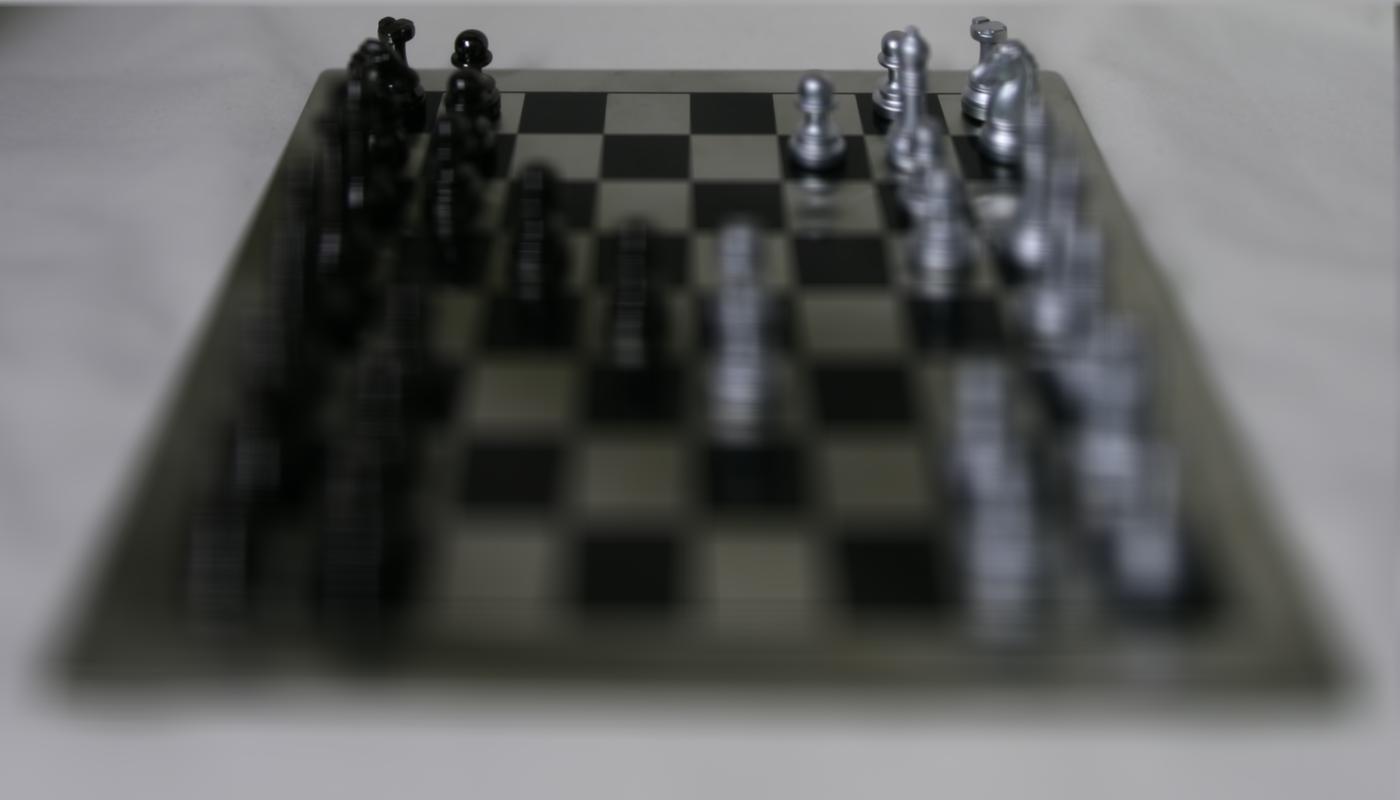
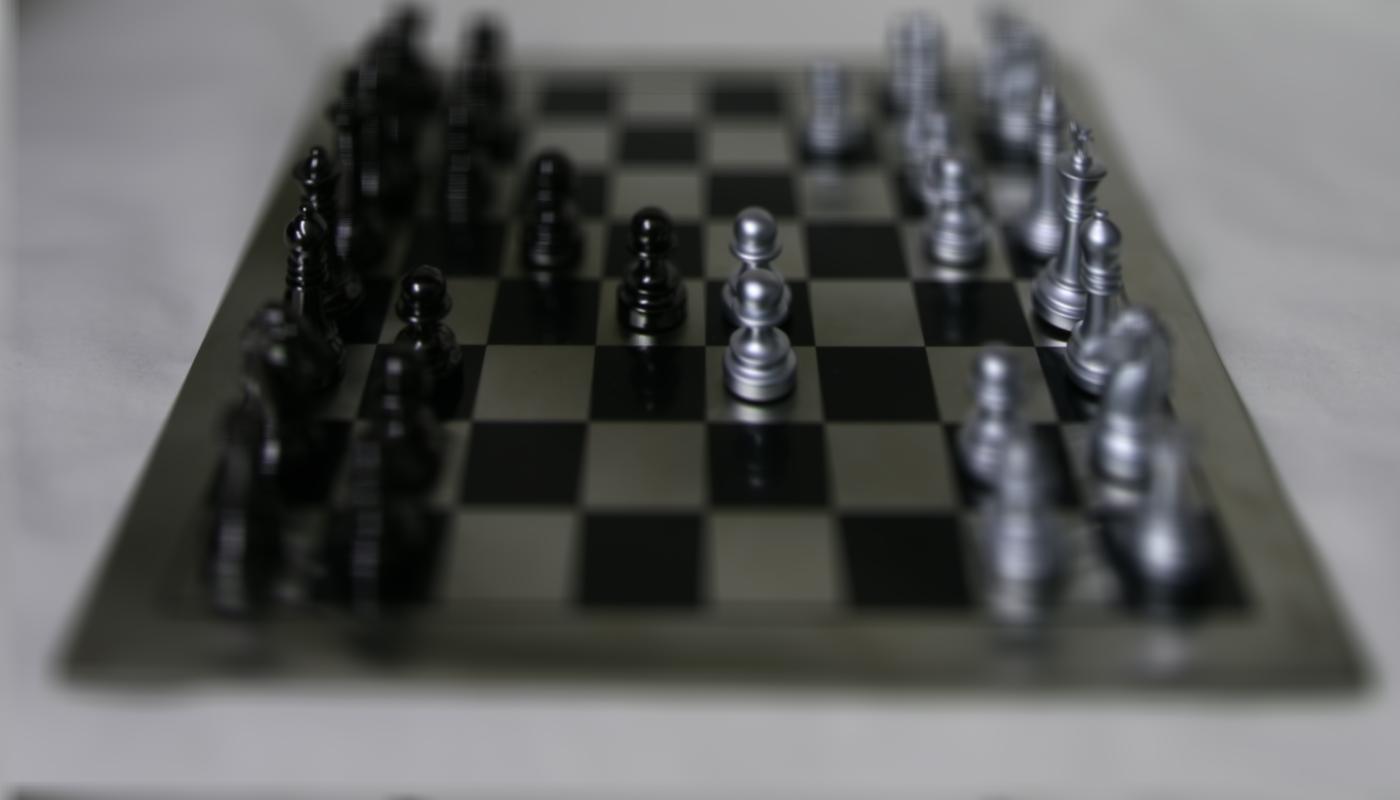
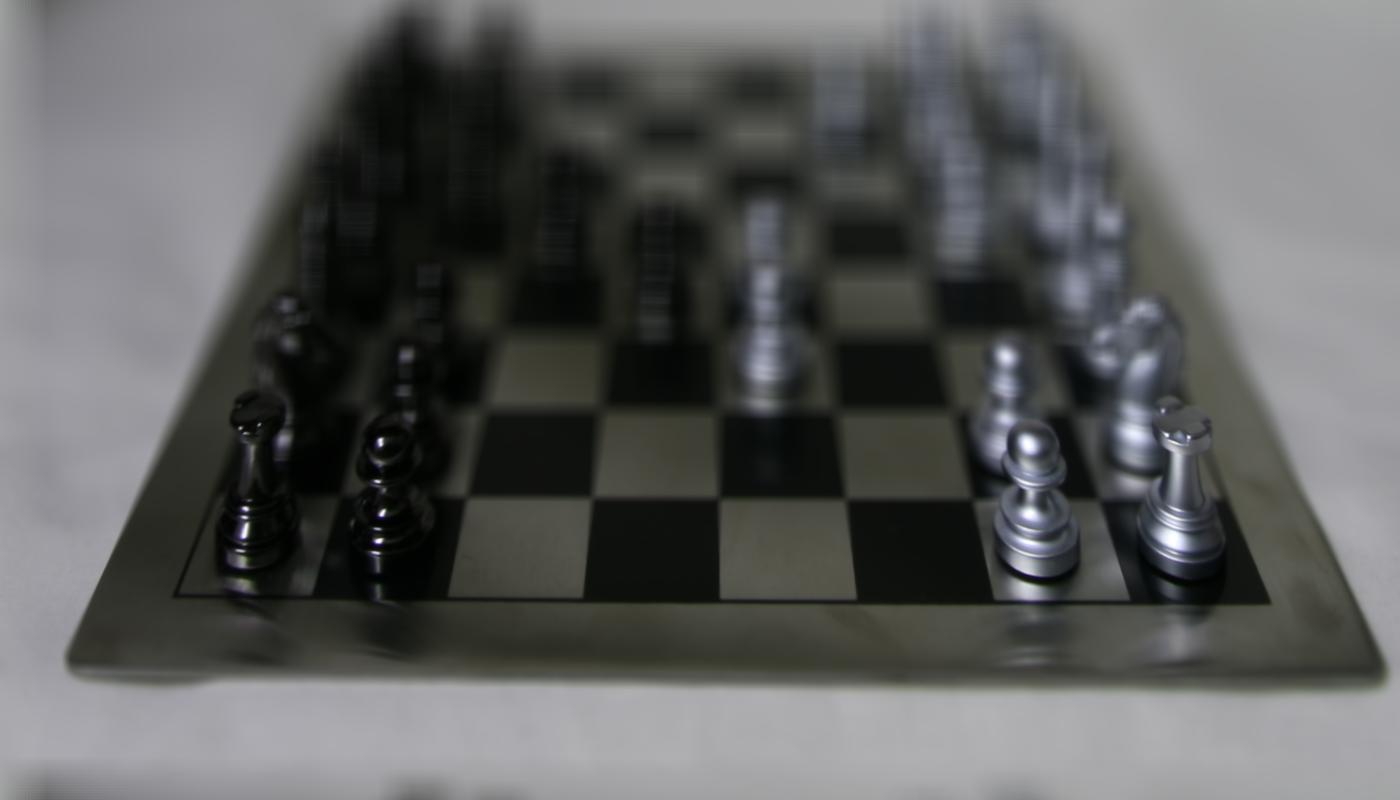
For this section, we mock varying apertures. This is done so by selecting a subset of the rectified images within a perspective mask and averaging them together after alignment. This mask, in my case is a square surrounding the center rectified image (out_08_08_-818.578247_-3313.998047_.png).

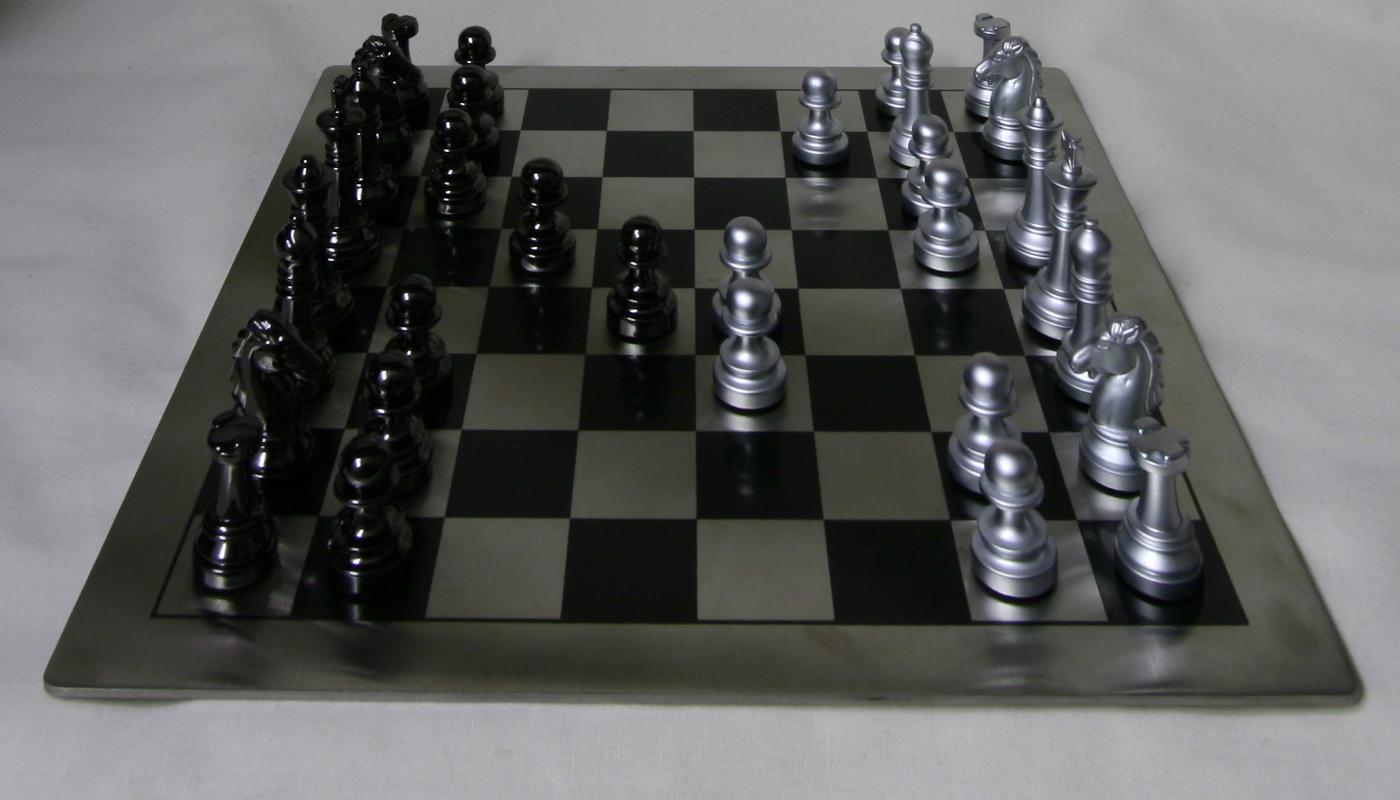
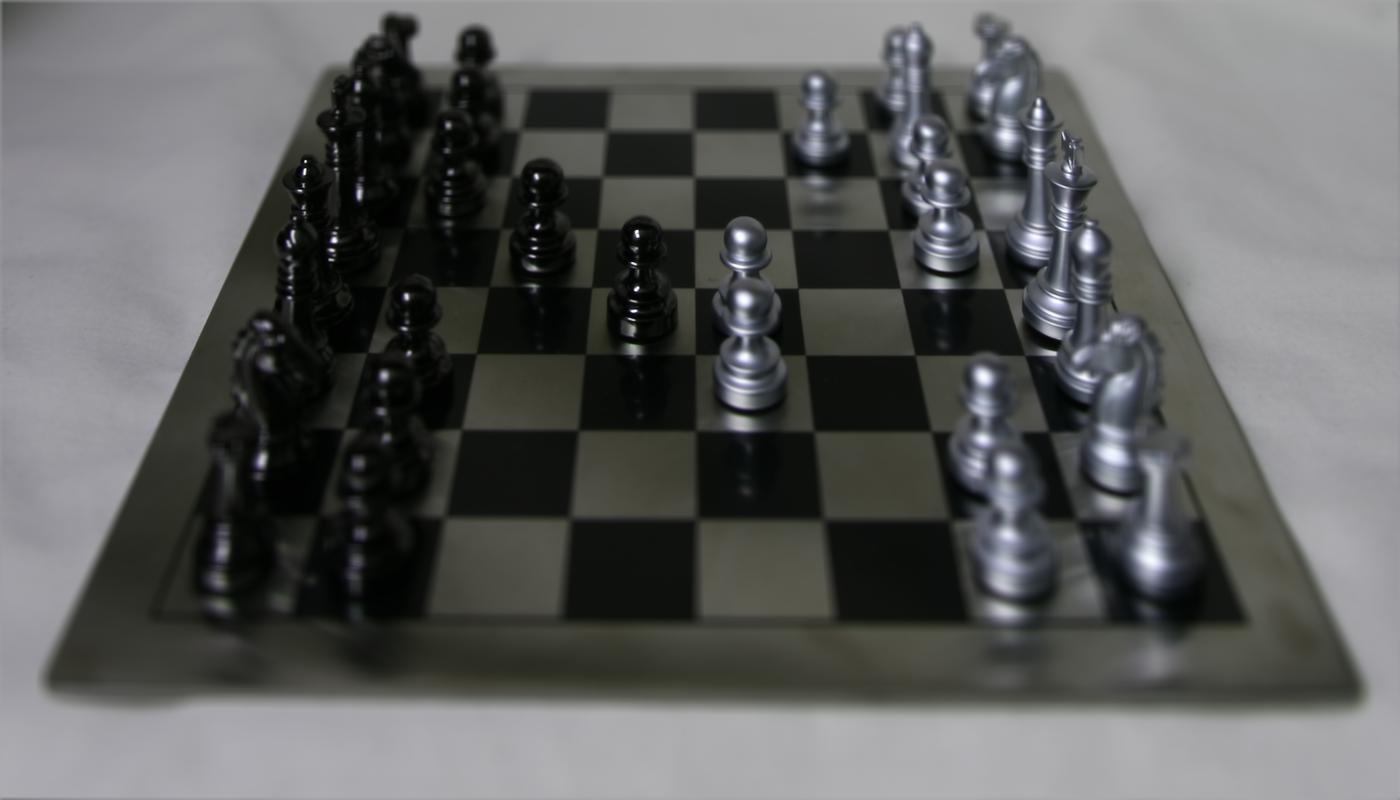
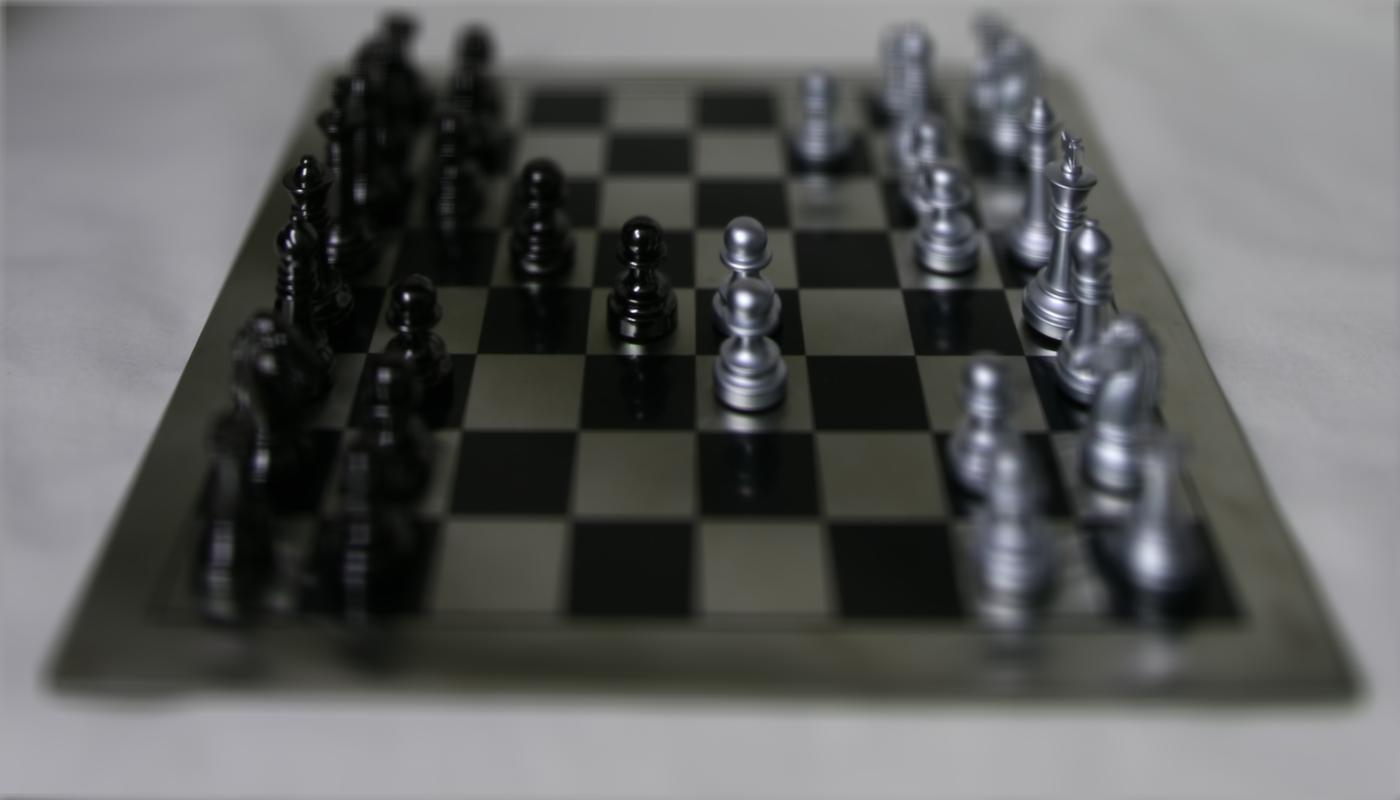
This project was very interesting because given a set of rectified images, you can post process them to have any desired effect. This makes computational photography very convenient since as long as you have the necessary data, you can tune your output as desired without having to take any additional images. Lightfields basically demonstrate the power of data.